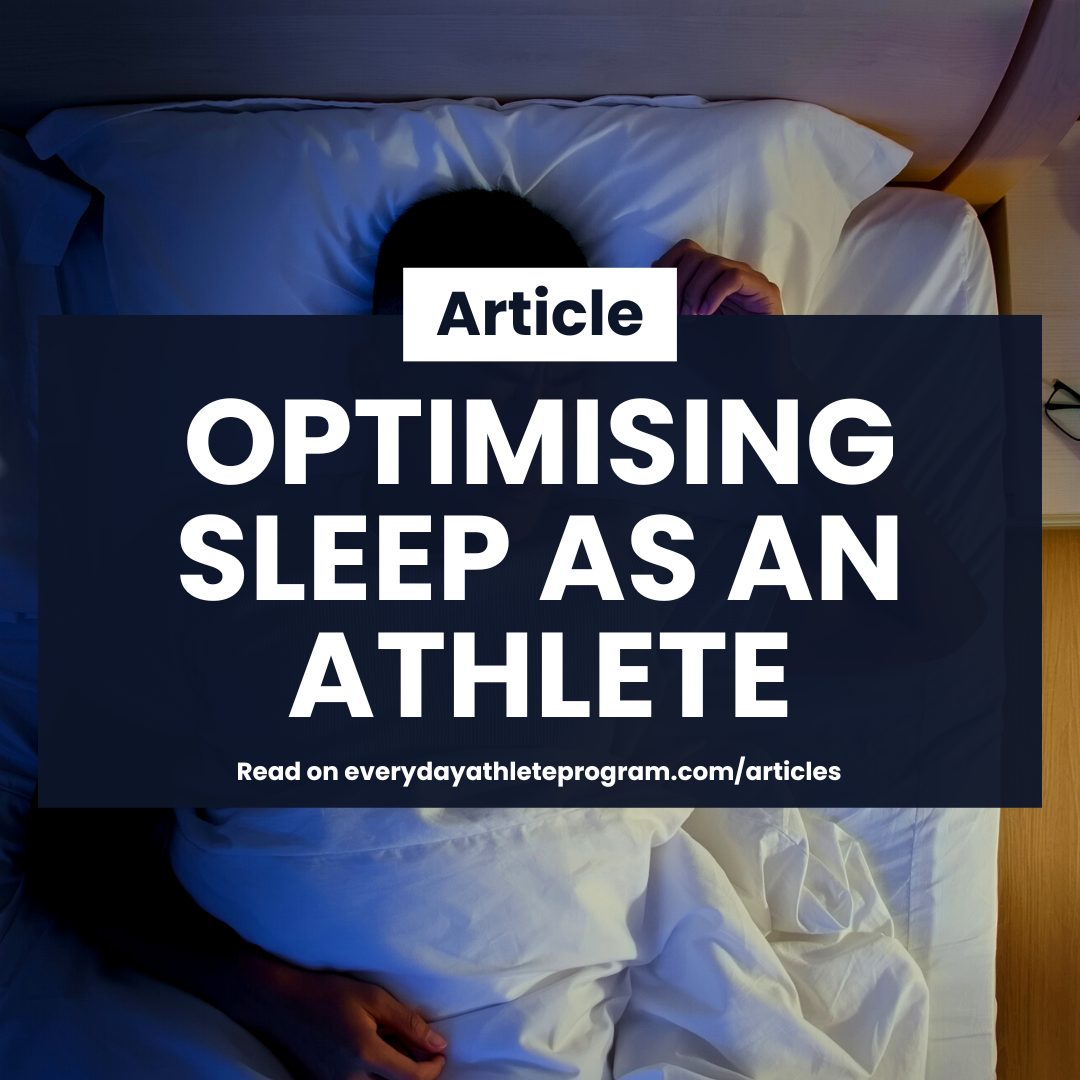So, What is Creatine?
Firstly, creatine is not a steroid, regardless of what some of the things you may have read online might say. It is actually a combination of amino acids and it is found in foods like beef and fish, as well as being naturally produced within the body.
Background
Before speaking about creatine, it is important to first talk about the basics of energy production in the body.
ATP, or Adenosine Triphosphate, is the body’s energy currency, and regardless of where we get our energy from, whether that be carbohydrates, fat, or protein, it must first be used to create ATP, and that ATP is what is used to create the energy, to contract a muscle for example.
There is only a small amount of ATP stored in the body at one time, and it relies on being used and replaced quickly, in order to keep up with the activity being done, so that you can continue to do that activity.
As you may know by now, carbohydrates are the body’s predominant source of fuel in high-intensity activities, such as a football match, for example. This is because carbohydrates, or rather glucose, the broken down form of carbohydrate, can be stored within the muscle in sufficiently high amounts for this type of activity, as well as having the ability to produce ATP at a relatively fast rate.
However, when we go to either extreme of intensity, such as slower, less intense bouts of activity, or short, extremely intense bouts, carbohydrates aren’t always optimal for the job.
The low intensity activity that we go through every day doesn’t need the high energy turnover of carbohydrates, and given that carbohydrate’s energy production is less efficient (less of the energy stored as carbohydrate provides ATP), the body tends to skew its energy source a bit more towards fat.
Fat produces more ATP than Carbohydrates, but it also produces it at a slower rate, hence it would be better used for lower-intensity activities, but wouldn’t be suitable to higher intensity activities, where fat would be unable to replace used ATP at a high enough rate.
On the other end of the scale, when we look at really short, intense activities, like full-speed sprints, heavy weight-lifting in the gym, and jumping, even carbohydrates can’t replace the used ATP quickly enough.
In this case, the body will turn to what’s known as the phosphocreatine (or creatine phosphate) system, which creates ATP much more quickly than carbohydrates or fat can, but can only keep producing ATP quickly for a short amount of time.
This kind of reminds me of the old Playstation game, “Need for Speed”, where you raced cars and if you needed a quick start or an extra boost to overtake an opponent, you could you the NOZ button and get a short boost, but it only lasted for a few seconds. That’s kind of like the phosphocreatine system.
In sporting terms, this is easily seen by going for a maximal-speed sprint, and observing the point where you begin to slow down. Or, if you go for a few repetitive jumps and observe the point where you are no longer able to jump as high as the first few jumps.
The creatine phosphate system produces ATP at a rate that is limited partly by the amount of creatine that is present in the body. Without getting too deep into the weeds, when creatine is either created in the body or consumed through the diet/supplements, it joins to a phosphate, to form creatine phosphate. This phosphate molecule can then be used to replace the phosphate in the broken down ATP, to form more ATP.
Don’t worry if I lost you there. All I was really saying was the creatine helps recycle ATP and that allows more ATP (energy) to be produced in these short, intense activities.
Before going on, it is worth noting that these systems don’t work independently. They are all operating at once, in differing amounts. For example, even in a marathon event, typically though of as a lower-intensity activity, a combination of fats and carbohydrates will also still be being used, as well as the phosphocreatine system contributing.
Why Supplement With it?
Although creatine can be produced in the body and consumed through foods like meat and fish, the amounts that we can get in these ways isn’t close to what we can get in supplemental form. Hence, to attain the benefits associated with increased creatine levels in the body, supplementation is recommended.
How Can it Help Athletes?
Creatine has been shown to be beneficial in activities in the 0–10 second range, including sprinting, lifting weights, jumping etc, as well as improving strength and muscle gain.
This is largely down to the benefits with regards to the phosphocreatine system that I mentioned earlier.
There are other potential benefits, however, specifically for the strength and muscle building aspects.
Firstly, creatine helps hydrate muscle cells. This can lead to increased body weight, which, along with the other benefits of creatine, can lead to improvements in strength, but also gives the appearance of muscle being bigger.
Now, it is worth considering that you may not want extra bodyweight, especially if running speed is something you want to maintain. However, the performance benefit of the extra creatine may outweigh the benefits of the slight increase in body weight. This is something that is going to be very much dependant on the individual, their goals, and how they react to creatine supplementation.
It’s also worth noting that if you are in a fat-loss phase, the increase in bodyweight associated with creatine supplementation may mask your fat-loss progress, by altering the weight you see on the scales. This isn’t to say you shouldn’t supplement with creatine when trying to lose weight, but rather that you should be aware of these potential changes.
Is it Safe?
Despite what some of the media would have you believe, creatine has not been shown to be harmful to health, if taken within the recommended range. It is the most researched sports supplement on the market, and there haven’t been any health problems associated with it. However, it is advised that those with pre-existing kidney conditions should perhaps refrain from supplementing with creatine, due to the lack of research done in that area.
How to Use Creatine
The recommended dose for creatine is 3–5g per day. With creatine, the aim is to saturate the cells with it over time, and therefore it is important to be consistently supplementing daily.
There are a lot of different creatine supplements out there, but I recommend using a creatine monohydrate. Whilst there are a lot of other types that claim to be superior, none have really shown to be, and since creatine monohydrate is usually the least expensive, I recommend using that.
From what we’ve gone through in this article, you may be thinking that you should be taking it before the type of activities that it improves, but it doesn’t work in this short-term way, in the way that something like caffeine might do. It takes weeks for creatine to saturate the cells. For that reason, the time of day you take it is largely unimportant, so I usually recommend simply taking it at a time where you’ll remember to take it daily, so if you usually have a shake after training, then you can simply mix it in. If you usually take supplements first thing in the morning, then adding in your creatine here could be an easy way to remember to take it.
Do You Need to Load it?
A common question is with regards to whether or not you should load creatine, meaning taking a larger amount than the recommended dose when you start taking it. Whilst this can help saturate the cells more quickly, I usually recommend just taking the standard does from the start, as opposed to loading it. People can sometimes report digestive upset when they take beyond the standard dose. As well as this, if you are going to experience weight-gain in the form of extra water stored in the muscles, this is likely to happen more quickly if you load it, and this may not be ideal. Imagine training one week at 75kg and the next week at 78kg. That’s an extra few kgs to carry around, without having adapted to an increased bodyweight over time. Not that people will always see this drastic of a bodyweight increase, but it’s an example to illustrate the point.
Summary
In summary, creatine is a safe, effective supplement for those who want to improve performance in high-intensity sports and training, as well as those who want to gain muscle and strength. Supplementing with 3–5g per day, over the long-term can lead to these results.
Article Written By Conor O’Neill
Conor O’Neill is a Nutritionist, Strength & Conditioning coach, Psychologist, and Author.
He has helped 1000+ everyday athletes to pursue excellence in their physique and performance through optimising their nutrition, training, and psychology.
You can find out more about The Everyday Athlete Program by going to everydayathleteprogram.com/coaching.

























